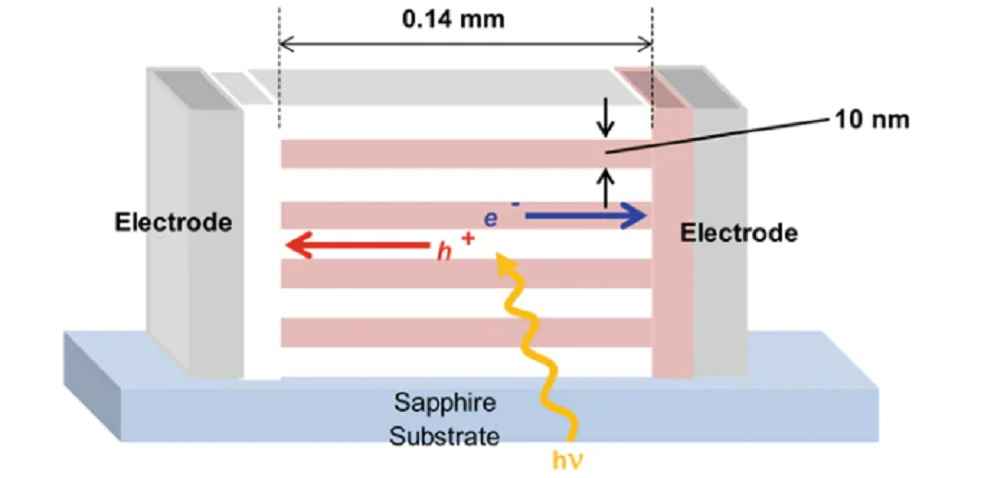As the global community grapples with the climate crisis, solar energy has emerged as a renewable, cost-effective solution. One of the biggest components of this green energy revolution, solar cells, is about to experience a revolutionary improvement with the development of lateral solar cells.
Traditional solar cells use semiconductors, usually created from organic materials like carbon, to convert sunlight into electricity. Despite their abundance and easy processing on an industrial scale, the efficiency of organic solar cells has remained relatively low. Current designs are only capable of converting specific wavelengths of light into energy, necessitating multiple films to utilize the entire solar spectrum.

Enter lateral solar cells, a ground-breaking design approach that promises to overcome these limitations. Contrary to conventional solar cells, where the current flows vertically, in lateral solar cells, the current flows horizontally. This allows an infinite number of organic layers to be stacked, thereby harnessing the entire solar spectrum.
Lateral solar cells feature electrodes deposited on the right and left edges of the organic film, replacing the conventional top-bottom configuration. However, this design has a potential drawback – the electrons energized by sunlight must traverse a greater distance to reach the electrodes, making the cells sensitive to the material’s electron concentration and mobility.
To mitigate this, researchers introduced a process known as doping, where deliberate impurities are added to the organic material. This increases the number of free electrons, improving the efficiency of the lateral solar cells. Experiments with two types of organic semiconductors, C8-BTBT and PTCDI-C8, found optimal doping levels that significantly boosted the electric current generated by the incident light.

While the initial proof-of-concept lateral solar cells were small, further research is underway to scale up the design. Scientists are confident that upcoming advances in materials science will make larger, practical lateral solar cells a reality in the coming years.
This innovative design of lateral solar cells promises an unprecedented boost in the efficiency of organic solar cells. The combination of a unique electrode arrangement and the doping of organic materials has shown immense potential in enhancing solar energy conversion into electricity. The continued advancement in materials science is set to pave the way for the widespread adoption of this breakthrough technology, giving a much-needed boost to the world of trade.
DON’T MISS IT | World Oil Trade Witnessing Historic Shift



